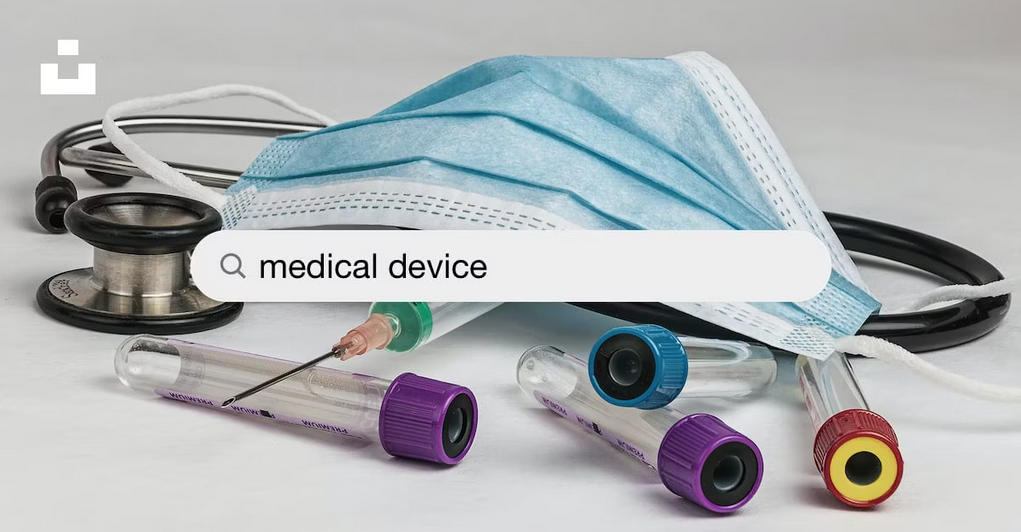The Future of Physical Therapy: How Virtual Reality Therapy is Revolutionizing Rehabilitation

As a physical therapist, I have always been fascinated by the ways technology can be used to improve patient outcomes. One of the most exciting advances in recent years has been the development of virtual reality therapy. By immersing patients in a virtual environment, this innovative approach to rehabilitation has the potential to transform the way we think about physical therapy. In this article, I will explore the benefits of virtual reality therapy, introduce XRHealth’s Real System, and examine how this technology is revolutionizing rehabilitation.
Introduction to Virtual Reality Therapy
Virtual reality therapy (VRT) is a form of treatment that uses interactive computer-generated environments to simulate real-life experiences. By wearing a VR headset, patients are transported to a digital world where they can engage in activities that would be difficult or impossible in the physical world. For example, a patient recovering from a stroke might use VRT to practice walking on a virtual beach or climbing a virtual staircase. By providing a safe and controlled environment, VRT can help patients overcome physical and mental barriers that might otherwise prevent them from making progress in their recovery.
Benefits of Virtual Reality Therapy
One of the key benefits of VRT is that it allows patients to engage in activities that are tailored to their specific needs and abilities. In a traditional physical therapy session, patients might spend hours performing repetitive exercises that can be boring and demotivating. VRT, on the other hand, provides an immersive and interactive experience that can be customized to meet the individual needs of each patient.
Another advantage of VRT is that it can be used to treat a wide range of conditions. In addition to helping patients recover from injuries or surgeries, VRT has been used to treat conditions such as chronic pain, anxiety, and PTSD. By creating a virtual environment that is designed to address the specific needs of each patient, VRT can provide a more targeted and effective form of treatment.
The Real System: XRHealth’s Virtual Reality Platform for Physical Therapy
One of the most promising developments in the field of VRT is XRHealth’s Real System. This platform provides a comprehensive solution for physical therapy that combines cutting-edge VR technology with personalized treatment plans and remote monitoring. The Real System includes a library of virtual environments that can be tailored to meet the specific needs of each patient, as well as a suite of tools for tracking progress and communicating with therapists.
The Real System also includes features that promote patient engagement and motivation. For example, patients can earn rewards for completing exercises or reaching milestones, and therapists can provide feedback and encouragement in real-time. By providing a seamless and intuitive user experience, the Real System helps patients stay engaged and motivated throughout their rehabilitation.
How Virtual Reality Therapy is Revolutionizing Rehabilitation
VRT is revolutionizing rehabilitation by providing a more engaging, personalized, and effective form of treatment. By creating a virtual environment that is tailored to each patient’s needs, VRT can help patients achieve better outcomes in a shorter period of time. VRT can also help patients overcome psychological barriers that might be preventing them from making progress in their recovery. For example, patients who are afraid of falling might be hesitant to practice walking in the physical world. By using VRT to simulate walking in a safe and controlled environment, patients can build confidence and develop the skills they need to succeed.
Another way that VRT is revolutionizing rehabilitation is by making therapy more accessible and convenient. With the Real System, patients can receive remote treatment from the comfort of their own homes. This is especially important for patients who live in rural areas or who have mobility issues that make it difficult to travel to a physical therapy clinic.
Virtual Reality Therapy vs Traditional Physical Therapy
While VRT is still a relatively new form of treatment, early research suggests that it can be just as effective as traditional physical therapy. In a study published in the journal Physical Therapy, researchers found that patients who received VRT for balance and mobility had similar outcomes to patients who received traditional physical therapy. However, patients who received VRT reported higher levels of satisfaction with their treatment.
Another advantage of VRT is that it can provide a more engaging and enjoyable experience for patients. In a study published in the Journal of NeuroEngineering and Rehabilitation, researchers found that patients who used VRT to practice walking reported higher levels of enjoyment and greater motivation to continue their therapy compared to patients who performed traditional exercises.
Success Stories of Virtual Reality Therapy in Physical Rehabilitation
There are many success stories of patients who have benefited from VRT in their rehabilitation. For example, a patient recovering from a stroke might use VRT to practice walking on a virtual beach or climbing a virtual staircase. By providing a safe and controlled environment, VRT can help patients overcome physical and mental barriers that might otherwise prevent them from making progress in their recovery.
Another example is the case of a patient with a spinal cord injury who used VRT to improve his balance and mobility. By practicing in a virtual environment, the patient was able to build confidence and develop the skills he needed to walk again in the physical world.
Future of Virtual Reality Therapy in Physical Rehabilitation
The future of VRT in physical rehabilitation is bright. As technology continues to advance, we can expect to see even more sophisticated and immersive virtual environments that can be tailored to the specific needs of each patient. We can also expect to see more research into the effectiveness of VRT for a wide range of conditions.
One area where VRT shows particular promise is in the treatment of chronic pain. By creating a virtual environment that distracts patients from their pain and provides a sense of control and empowerment, VRT can help patients manage their symptoms without relying on medication.
Advancements in Virtual Reality Therapy Technology
Advancements in VRT technology are already underway. For example, researchers are developing haptic feedback systems that provide a sense of touch in the virtual world. This could be particularly useful for patients who need to practice fine motor skills or who have lost sensation in their limbs.
Another area of development is the use of artificial intelligence (AI) to personalize treatment plans and predict patient outcomes. By analyzing data from sensors and other sources, AI algorithms can identify patterns in patient behavior and provide insights into how to optimize treatment.
The Potential of Virtual Reality Therapy for Other Medical Conditions
While VRT is most commonly associated with physical rehabilitation, it also has the potential to be used for the treatment of other medical conditions. For example, VRT has been used to treat anxiety disorders by exposing patients to virtual environments that trigger their fears in a controlled and safe way.
VRT has also been used to treat post-traumatic stress disorder (PTSD) by creating virtual environments that simulate the traumatic event and allowing patients to confront their fears in a safe and controlled environment.
Conclusion: The Impact of Virtual Reality Therapy on the Future of Physical Therapy
In conclusion, VRT has the potential to revolutionize the way we think about physical therapy. By providing a more engaging, personalized, and effective form of treatment, VRT can help patients achieve better outcomes in a shorter period of time. With advances in technology and research, we can expect to see even more sophisticated and immersive virtual environments that can be tailored to the specific needs of each patient. As a physical therapist, I am excited to see the impact that VRT will have on the future of rehabilitation.
CTA: If you or a loved one could benefit from virtual reality therapy, talk to your physical therapist or healthcare provider to learn more about how this innovative form of treatment can help you achieve your rehabilitation goals.








